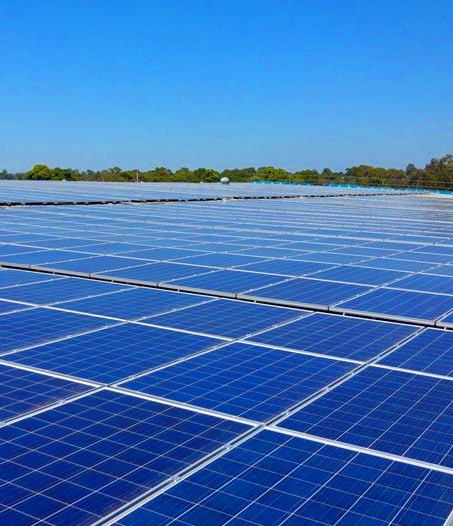AEMO issues fossil-free map
 AEMO has released a roadmap to 100 per cent renewables in Australia.
AEMO has released a roadmap to 100 per cent renewables in Australia.
The Engineering Roadmap to 100% Renewables report provides an overview of the engineering challenges and actions needed to operate Australia’s National Electricity Market (NEM) solely on renewable generation for “hours and days” at a time.
“Australia is transitioning from a historic dependency on coal generation to higher levels of renewable energy, supported by firming technologies, like pumped hydro, batteries and gas generation, and transmission developments to share low-cost sources of energy to our towns and cities,” says AEMO CEO, Daniel Westerman.
“Complementing these investments is the shared responsibility to also re-engineer the power system to run reliably and securely on higher levels of renewable energy.”
The ‘roadmap’ is divided into three broad technical themes - power system security, system operability and resource adequacy - with associated preconditions and actions to operate NEM for periods of up to 100 per cent renewable generation.
“The roadmap provides a clear view of the urgent engineering and operational steps required to be ready to leverage the benefits of high renewable generation levels,” Mr Westerman said.
This includes investigating new sources of firming capacity, system restoration, and system strength services, including energy storage.
Initial analysis indicates the equivalent of up to 40 large synchronous condensers may be needed for 100 per cent renewable penetration, potentially provided by a range of technologies.
“Importantly, further work will be needed to ensure that any investment decisions to deliver the engineering requirements are made in the long term interests of consumers, and underpinned by efficient regulatory and market solutions,” he said.
By 2025, the experts predict Australia’s entire main grid will reach the landmark event of 100 per cent instantaneous renewables, initially for about half an hour.
This will be extended as the amount of wind and solar and storage increases, and as more coal generation leaves the grid in coming years.
“Preparing for high instantaneous penetrations of renewables – and the first period of 100% instantaneous operation – is a critical part of enabling future power system operability at net-zero emissions,” Mr Westerman says in his introduction to the report.
“At these times, coal generators will be offline; either intentionally decommitted, unexpectedly offline for maintenance or failures, mothballed, or retired.
“Coal plants take many hours, or even days, to restart operation, so once taken offline, they can’t be relied on to meet immediate intraday energy demands, or provide system restart services.
“Operating regularly with 100 per cent renewable power also means reducing the need for regular reliance on gas-fired generators to firm the electricity supply.”







 Print
Print